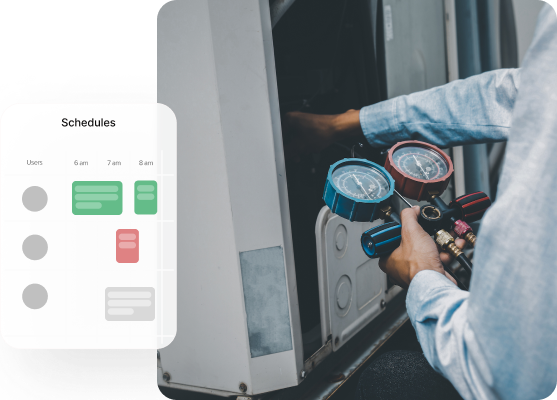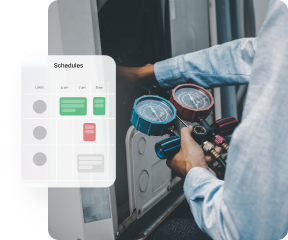
Solutions
Industries
Pricing
Why Payzer


Improve profits with a fully integrated flat rate price book.
Industry insights from the best in the game.
HVAC management software not only reduces time spent on day-to-day administrative tasks but also boosts your return on investment (ROI). With HVAC software, you can effortlessly create custom maintenance agreements to generate recurring revenue. The ability to set up a personalized flat-rate price book ensures customer transparency and a healthy profit margin for your business. Additionally, the HVAC scheduling app allows customers to request appointments easily, while the drag-and-drop scheduler maximizes efficiency, enabling you to handle more jobs per week. Payzer stands out as an all-in-one HVAC business management software that streamlines operations, improves collections, and boosts sales.
See why 15,000+ contractors are trusting us as their go-to software partner.